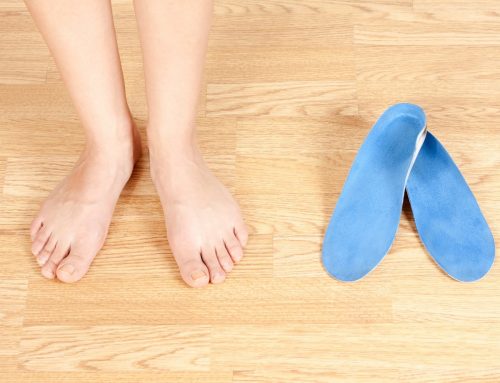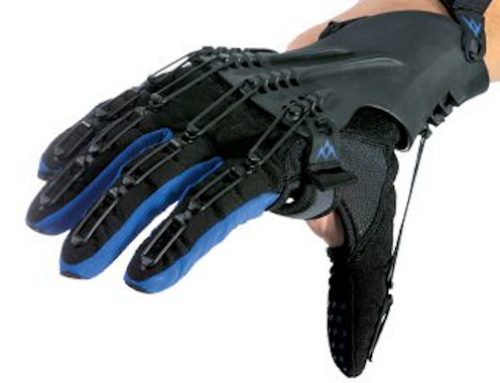Gone are the days of “basic” prosthetic devices
Prosthetic Limbs for Freedom – The human body is an amazing tool that allows instant adaptation between dramatically different tasks. Limb differences can compromise this capacity to adapt and support different functions. The entire body can be affected by limb difference; balance, weight distribution, muscle development and functional compensations may all contribute to overuse injuries in these individuals. Limb differences are permanent and require regular maintenance through physical therapy and supportive devices to minimise reliance on further supports later in life. Prosthetic limbs may offer significant improvements to the quality of life for a person with limb difference.
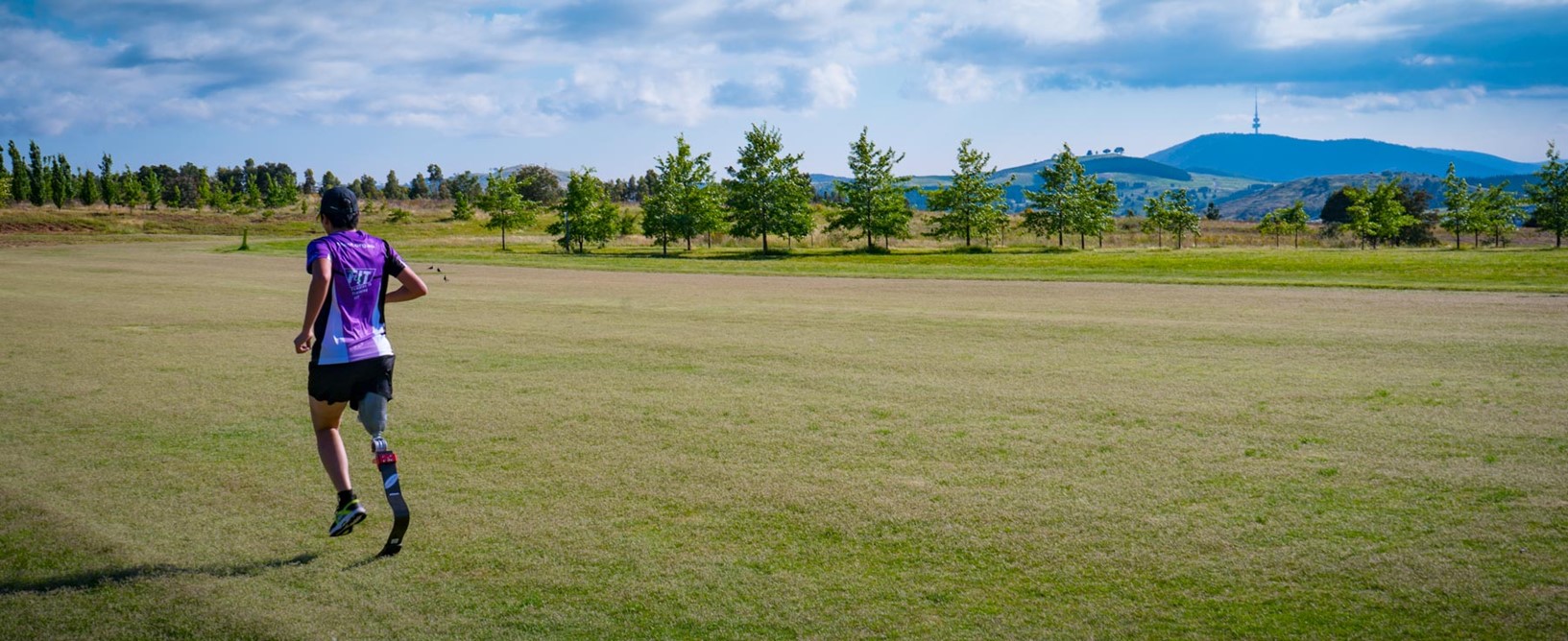
Image: Transfemoral amputee running, Canberra Australia | Gone are the days of “basic” prosthetic devices.
Historically, prostheses were designed to perform a single function and were not very useful for other tasks. For example, a lower limb prosthesis was designed for walking on flat ground and would not provide enough support for activities like running or hiking. Like any mechanical system, a prosthetic limb will fail when used outside of the intended use, potentially leading to injury.
With the rapid evolution of prosthetic technologies, we are now finding a well-fitted and functional prosthetic device that will allow individuals to achieve levels of functional freedom not seen even 10 years ago. Today, we have prostheses capable of supporting walking, jogging, hiking and even submersion in water within one single device. We also have an increasing number of “smart” electronically controlled technologies, including hands, elbows, feet and knees. These devices increase user safety and can intelligently change behaviour, returning some of the human body’s capacity to instantly adapt the function to match its surroundings.
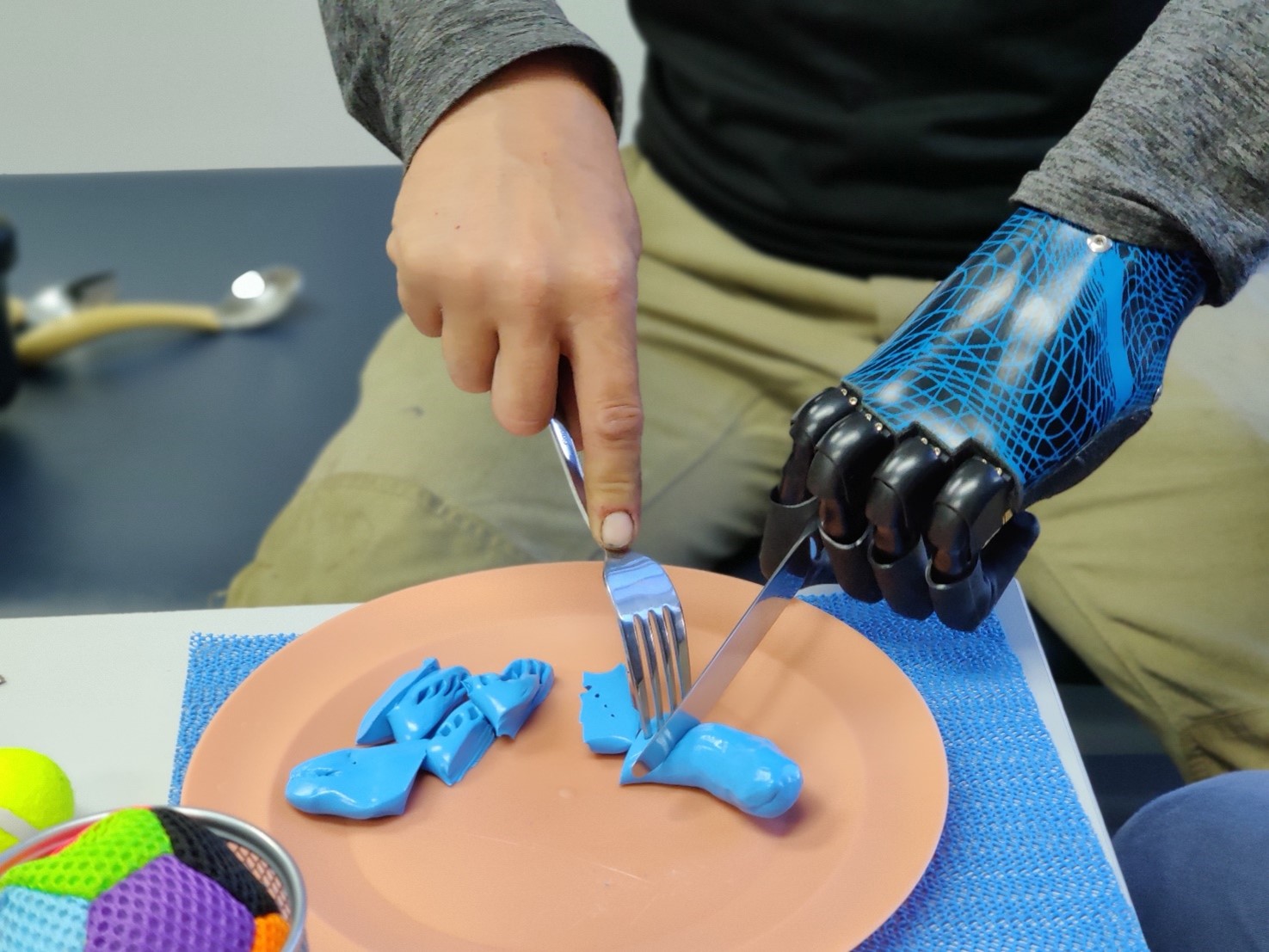
Image: I-limb digits | Microprocessor-controlled prosthetic limbs are becoming more available, and are helping users through increased function, adaptability and safety.
Socket comfort
When an amputation is the result of trauma it is very common that the residual limb will have significant scarring or structural changes. This can present challenges to the fitting of a prosthetic device. Scar tissue does not have the same integrity, stretch, or abrasion resistance as normal skin. Scar tissue also has reduced blood flow and will heal much more slowly. When designing a device for these clients it is important that their individual shape and condition is collected accurately.
Momentum’s Prosthetics team uses structured light 3D scanning technology to capture this information more accurately than can be achieved through traditional plaster casting methods. 3D scanning and design offer a faster, more accurate, and repeatable system for prosthetic manufacture. Prosthetic limbs for day-to-day use or sporting activities benefit from even the smallest improvement to comfort. The 3D system not only improves comfort but also ensures that additional devices fit without adjustments or modifications.
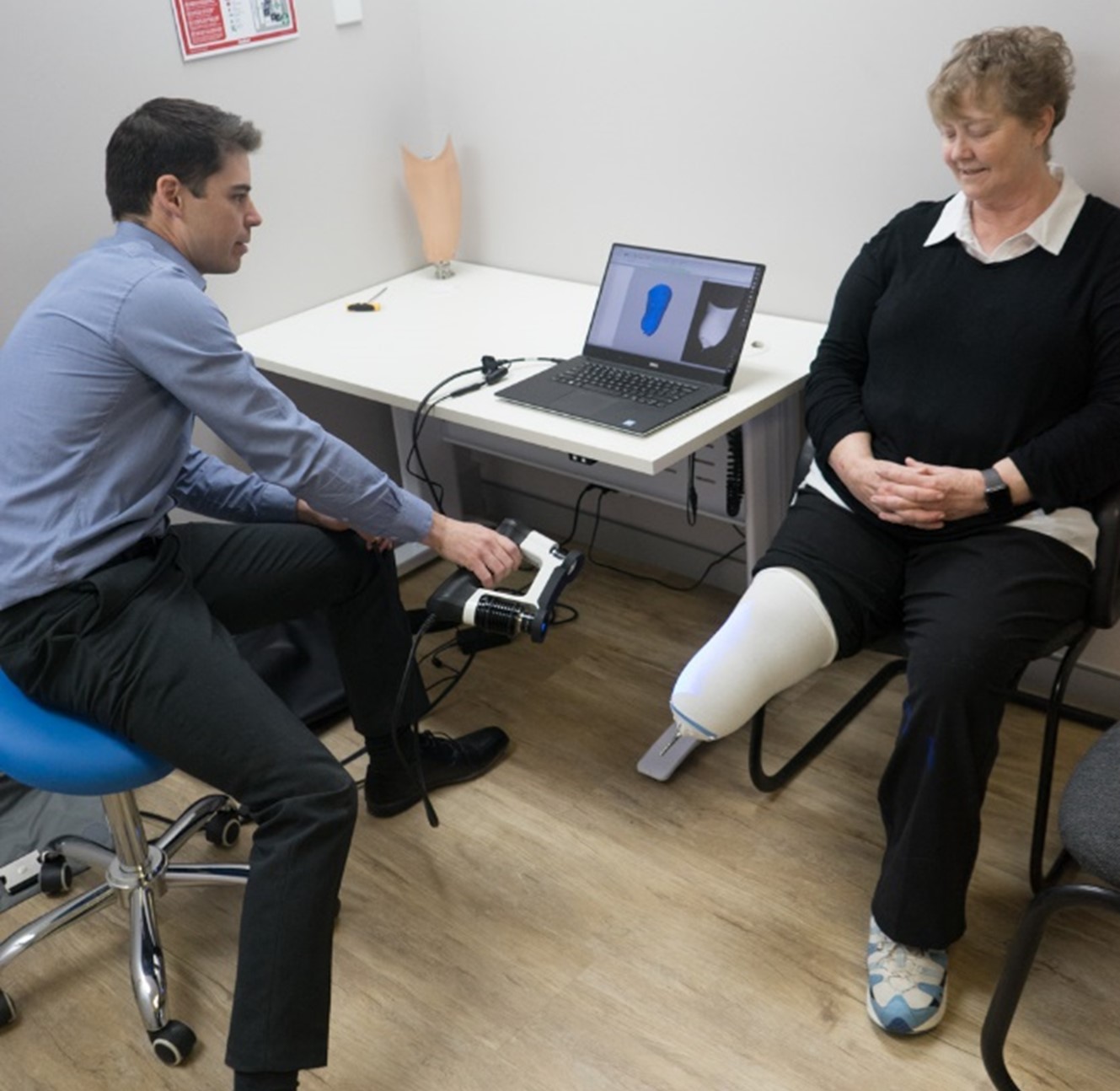
Socket fit and user comfort is improving with advancements in technology
Specialised Prostheses
Some prosthetic devices are still designed for one specific purpose. Designing prostheses for only one purpose keeps them lightweight, simple, and less likely to fail. Limbs designed for jumping and sprinting experience forces of up to five times the user’s body weight. They must also cope with intense bursts of energy when accelerating. Sprinting and jumping “blades” are designed to be very strong and stiff to support the athlete through these movements, yet also absorb and return energy in a manner similar to their other limb. Without this symmetry of function, the athlete will become unbalanced and far more likely to experience injury.
Momentum has a long history of working with athletes of all levels to produce a huge range of recreational and sporting limbs, including running, swimming, cycling, weightlifting, and wheelchair-based sports. You may even have seen many of our devices in major international competitions such as the Paralympics in events like sprinting, long jump, Paratriathlon, skiing, snowboarding, and wheelchair rugby. These devices are designed to perform one single task as well as possible and are only worn for training and competition. Unfortunately, when prosthetic limbs become highly specialized there is a trade-off for users: they will typically need to carry a second limb for more general function.

Image: Amputee Sprinter Invictus Games | Highly specialized sprint-specific prosthesis
Training and Ongoing Support
One thing which is commonly overlooked with any prosthesis is follow-up training and support. Momentum is unique in offering specialized training with our integrated team of Physiotherapists and Occupational Therapists. Post-fitting support is essential to enabling users to get the most out of their new prostheses. We offer one-on-one training and amputee-specific group classes for targeted training and long-term functional maintenance to suit each individual’s unique needs.
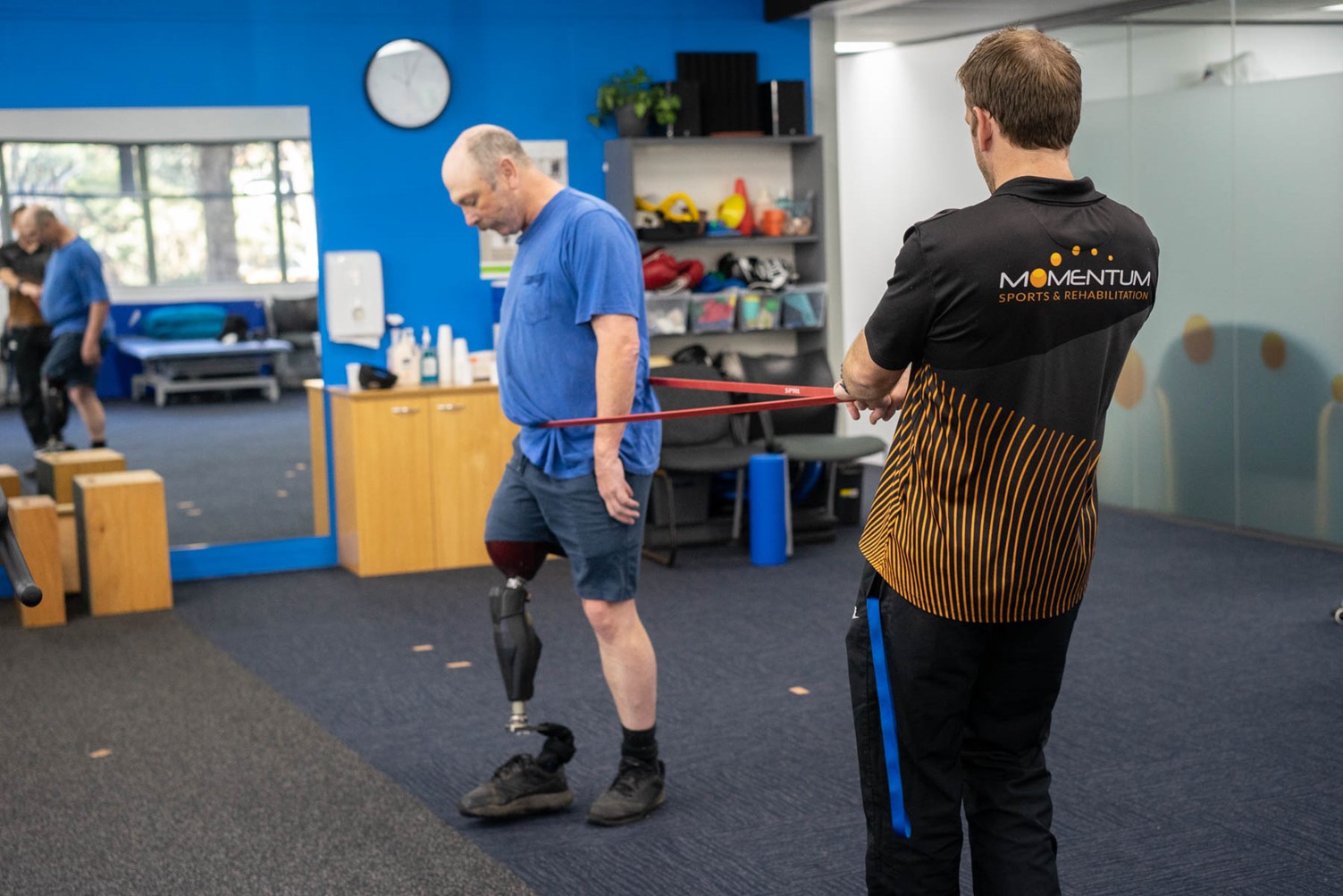
Image: Amputee Physiotherapy | Specialist training will help get the most from a new prosthetic device
Today, prosthetic limbs can support occupations in almost any industry, a wide range of hobbies, and almost any “normal” everyday activity. Our entire clinical team shares the same passion for maximizing function and supporting clients to push their personal boundaries. If you’re interested in exploring how the latest prosthetic technologies can help expand your freedom, come and chat with our team.
Prosthetic Limbs for Freedom – Authors: Jerry Vella & Richard Goward
Meanwhile, anyone can reach out to staff members at (02) 6210 0060 to ask questions or schedule an in-person appointment.


